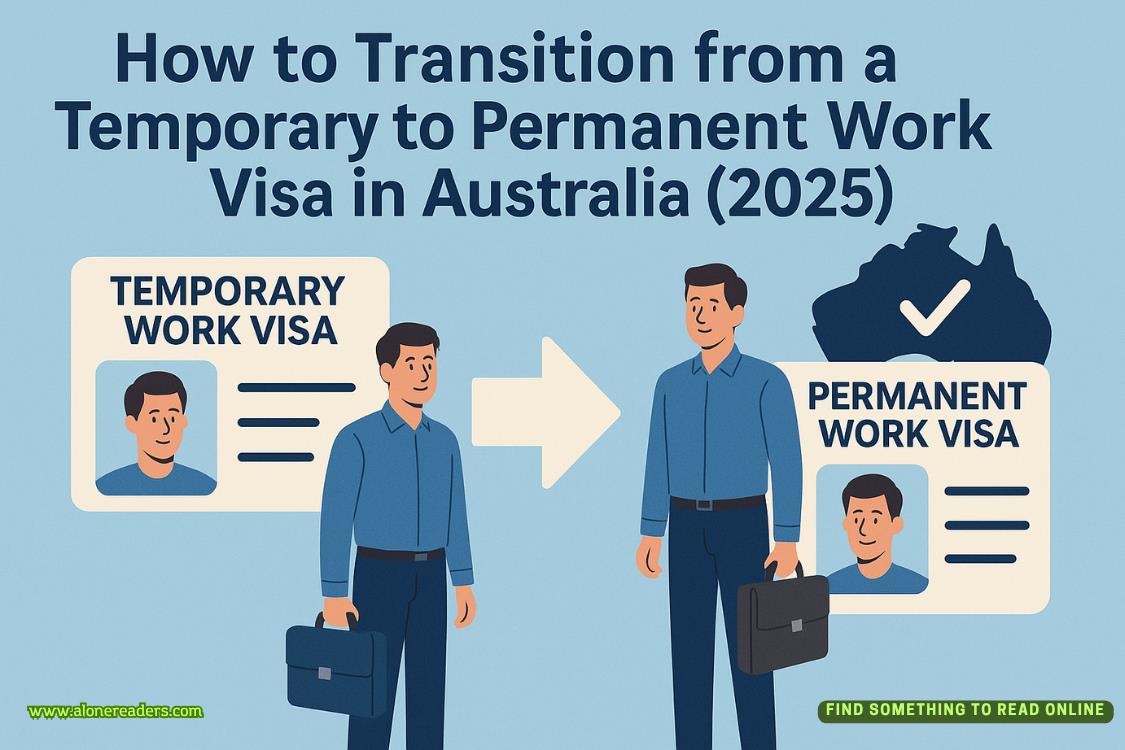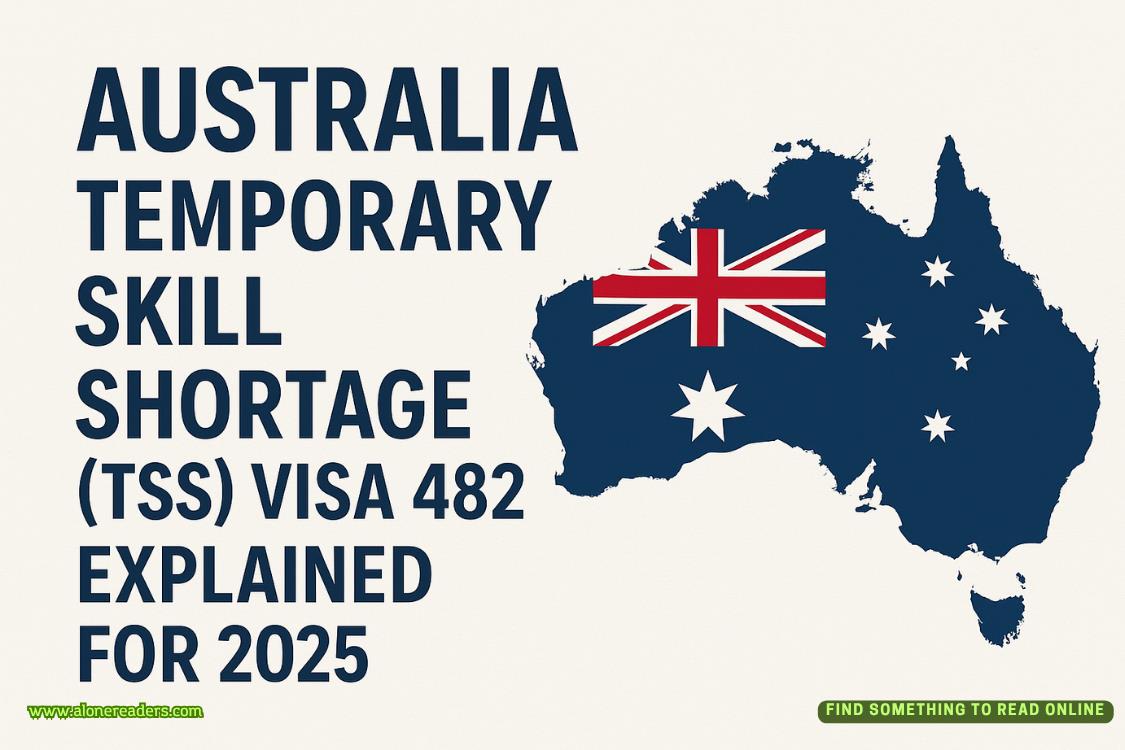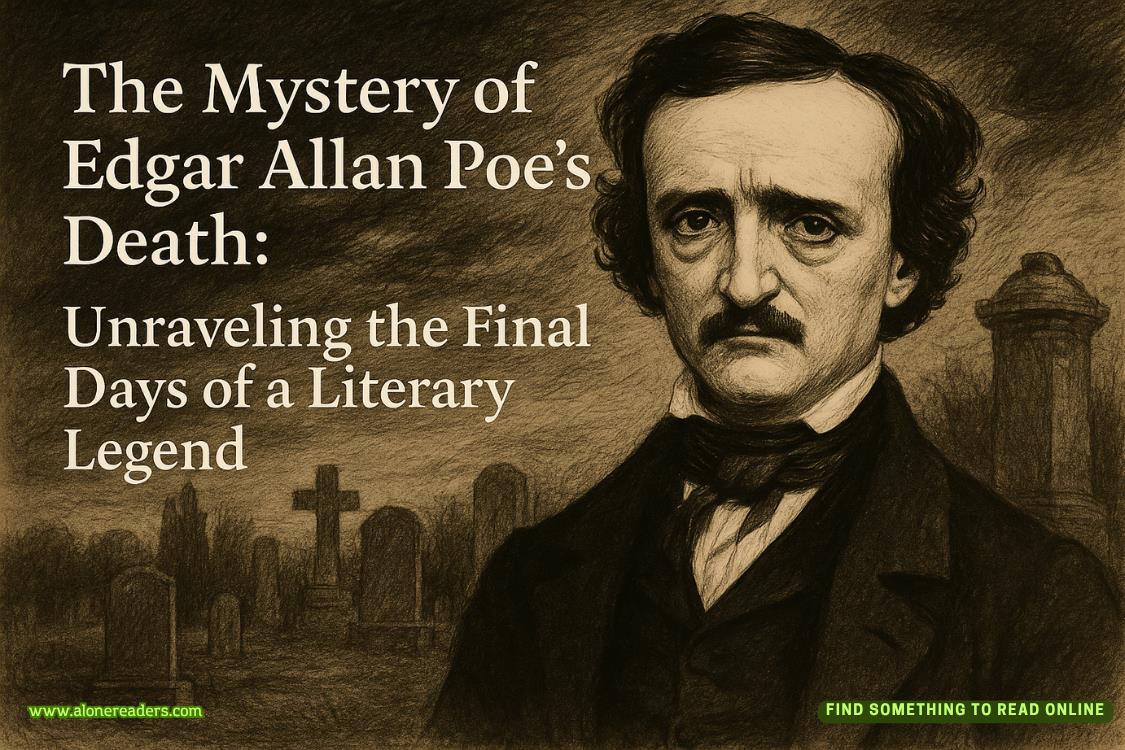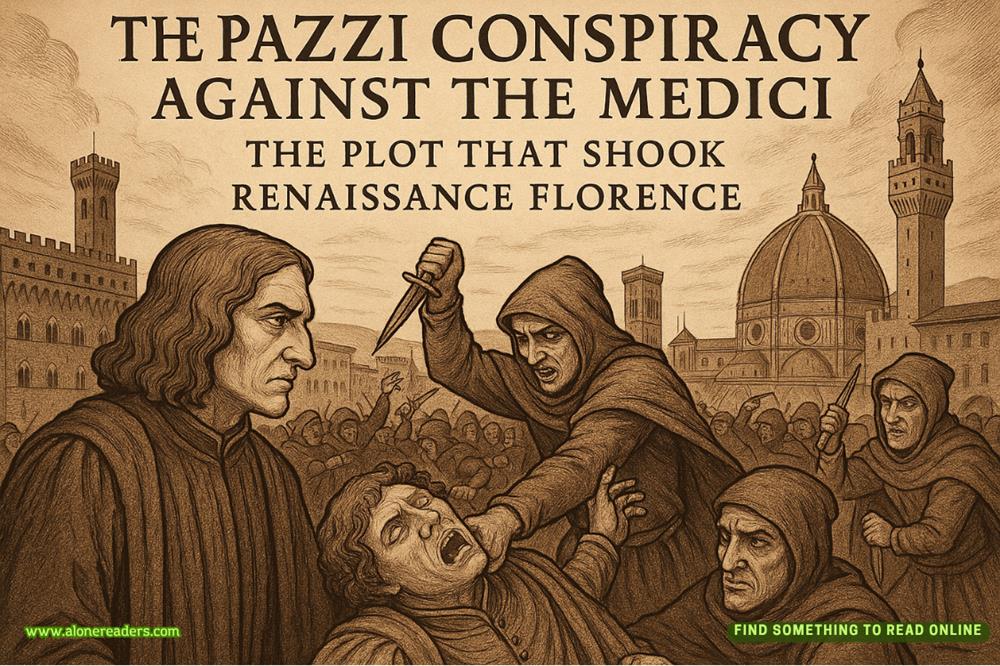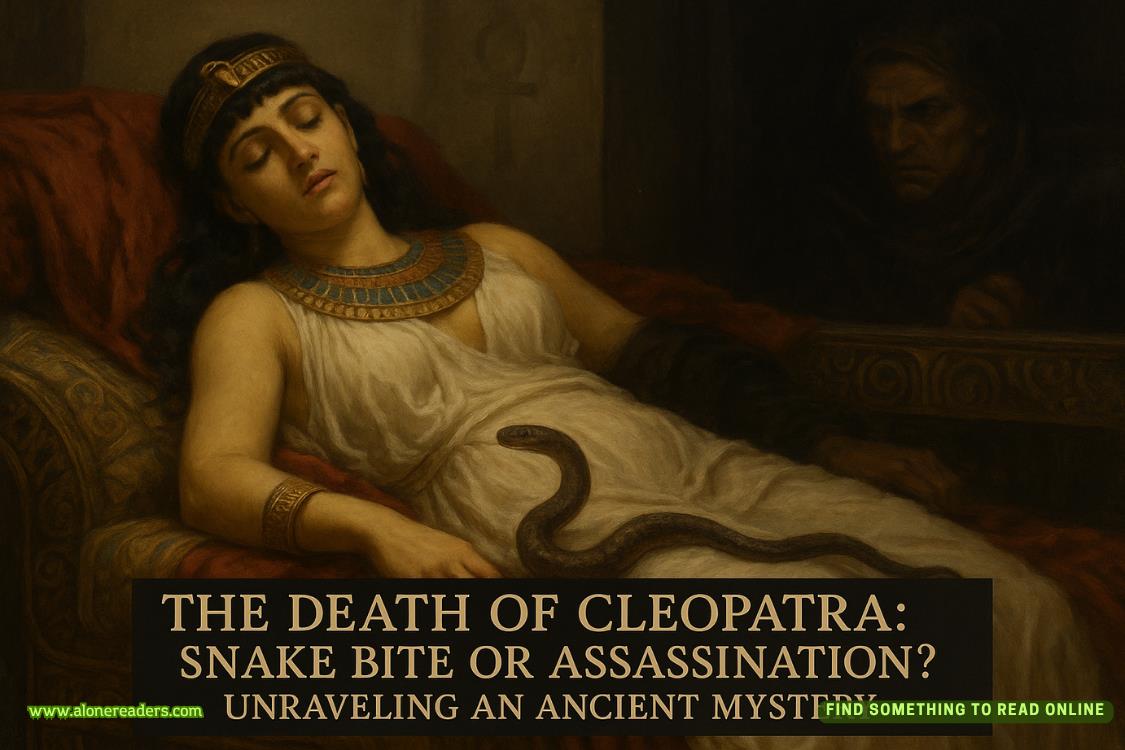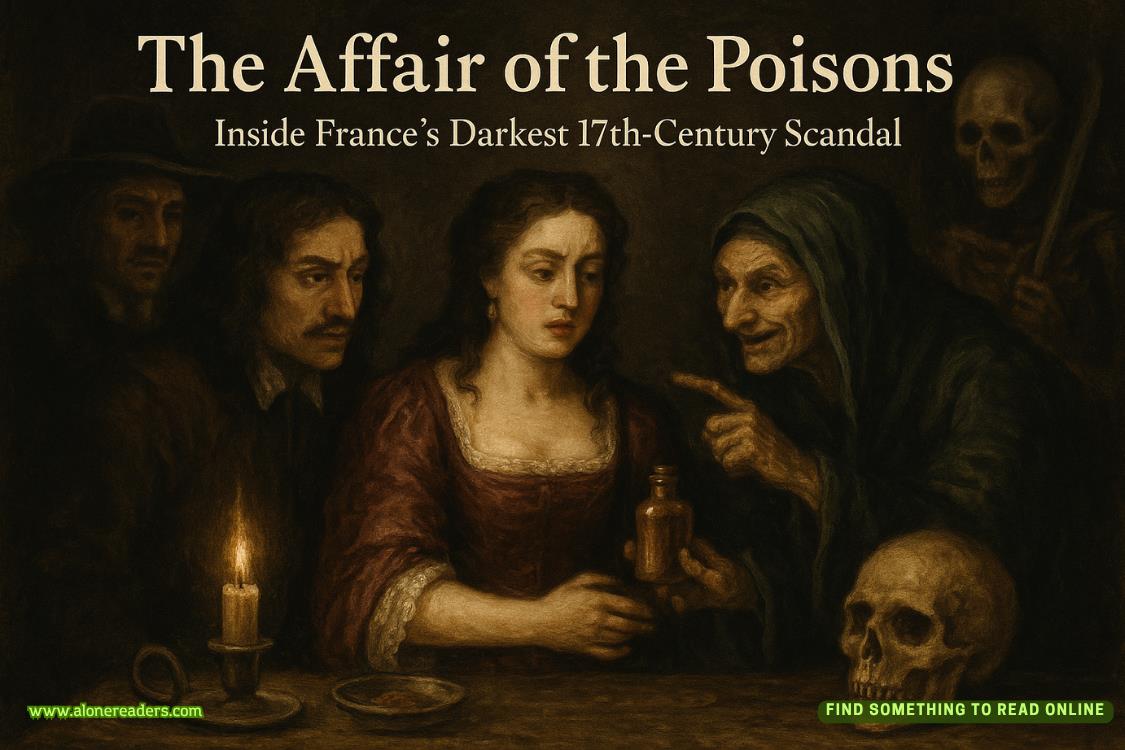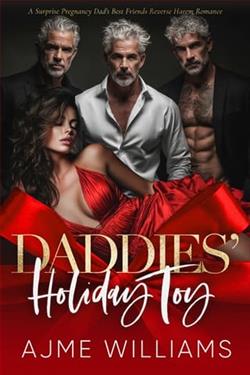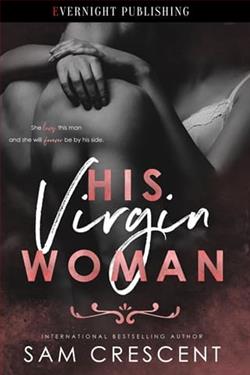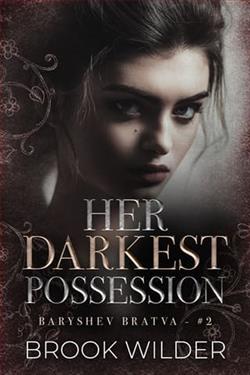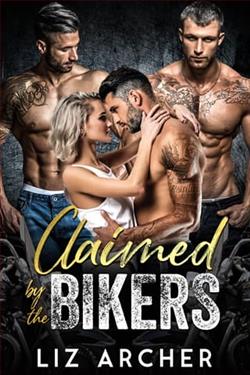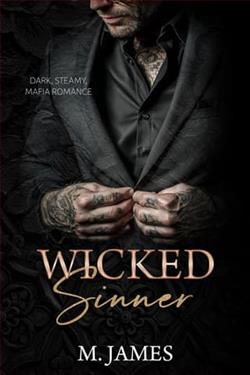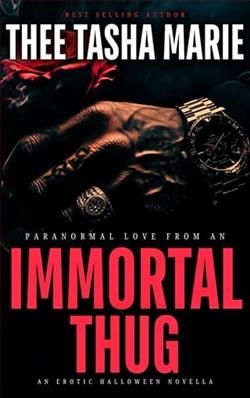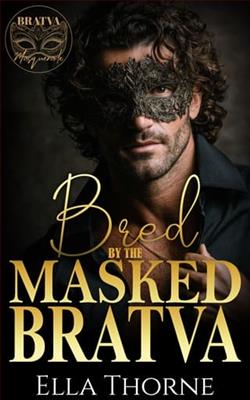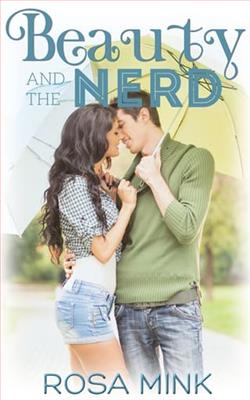Page 9 of Is This for Real?
We walk up the rest of the steps to The Met entrance.
“First stop has to be Van Gogh,” he says. “Only one painting sold during his lifetime.”
“Ouch. That’s not a good prognosis. But I’d take one book sold.”
“Would you?”
I stop short. “No.”
He pulls on my hand.
We walk into the marble hallways of The Met, clearing the security inspection. As we pass the round information desk in the center of the great hallway, I grab some brochures so I can cut out the pictures to make miniature paintings for my dollhouse.
The Beaux-Arts Hall is already bustling with visitors and conversations.
“How was seeing him with Willow?” he asks.
“Okay.” I look down, then glance at him.
He gazes at me as if he’s about to ask another question, but he doesn’t.
So many different languages are being spoken in the line for tickets. We flash our library cards for the NYC resident free admission, show our stickers to the guard, and walk through the columns up the stairs, weaving our way through the crowds. We reach Gallery 825 with Van Gogh’s painting,The Irises. We stand in front of it and absorb it. I like being able to see the layers of paint, the heavier application adding depth. The text next to it explains that Van Gogh used pink as the background, but that has since faded.
“This is one of my favorites,” I say. “The blue with the green.”
“Have you considered taking another year to write full time?” he asks. “I feel like you’re so close. And you work all the time, between your writing and your writing classes.”
I step back to look at the Van Gogh self-portrait in the middle of the room. “Most writers have full-time jobs. I have to accept that. And I feel like I'm hemorrhaging money, what with paying for editing and classes.” I don’t tell him that I’m losing faith. Maybe my writing doesn’t have what it takes.
“How’s your class coming along?”
“Good. Our first task was word-intensity exercises.” The text accompanying the Van Gogh self-portrait notes that he often used himself as a subject because he didn't have the funds to pay for models.
“What’s that?”
I bite my nail to think of what I did. “Take a word like ‘sad.’ And then a word-intensity line is ‘downcast, sad, glum, melancholy, distressed, despairing, weepy, bawling, wretched.’ The emotion gets stronger as we progress.”
“Oh yes, we find the sizzle words, too, for ads. Like sizzle.”
“And slither,” I say.
We finish viewing the paintings in this room, and Rory leads us to another room with more Van Goghs. My rubber-soled boots squeak on the polished floors, disturbing the contemplative silence.
“You know exactly where the Van Goghs are?” I ask. I visit periodically, but I don’t know where all the paintings are.
“I spent a lot of time in The Met with my parents when I was growing up. At least once a month, we’d come here and wander around.” Rory looks closely at one painting. “Okay, next artist, Cezanne. He was rejected for years by the Paris Salon but ultimately successful while alive. So, there you go. He’s a better example.”
If only it said what had inspired him. Was it the desire to see his painting in a gallery? It was probably more fundamental—like needing to breathe. I wrote my way out of my grief over my parents’ death as if it were a maze, and with my pencil, I could find the exit. I take in the blue, ocher, and green of Cezanne’s landscapes as I compose myself.
Rory steps closer to the painting to study it. His head is bent.
I say, “I can’t believe I didn’t realize how much you know about art. You have The Met memorized.”
He snorts. “I don’t.”
While we wait for the people in front of us to move from the next Cezanne, I quiz him on artists in The Met collection. Mr. I-don’t-have-The-Met-memorized is able to answer all of my questions.
We exit the Early 20th Century European paintings exhibit and pass by the gift shop. Rory suggests we check out the Surrealism Exhibition Gallery.
